Three PSW Scientists
Lloyd Mitchell, Ajay Kothari & Scott Mathews
Sponsored by PSW Science Member Joe Schulman
About the Lecture
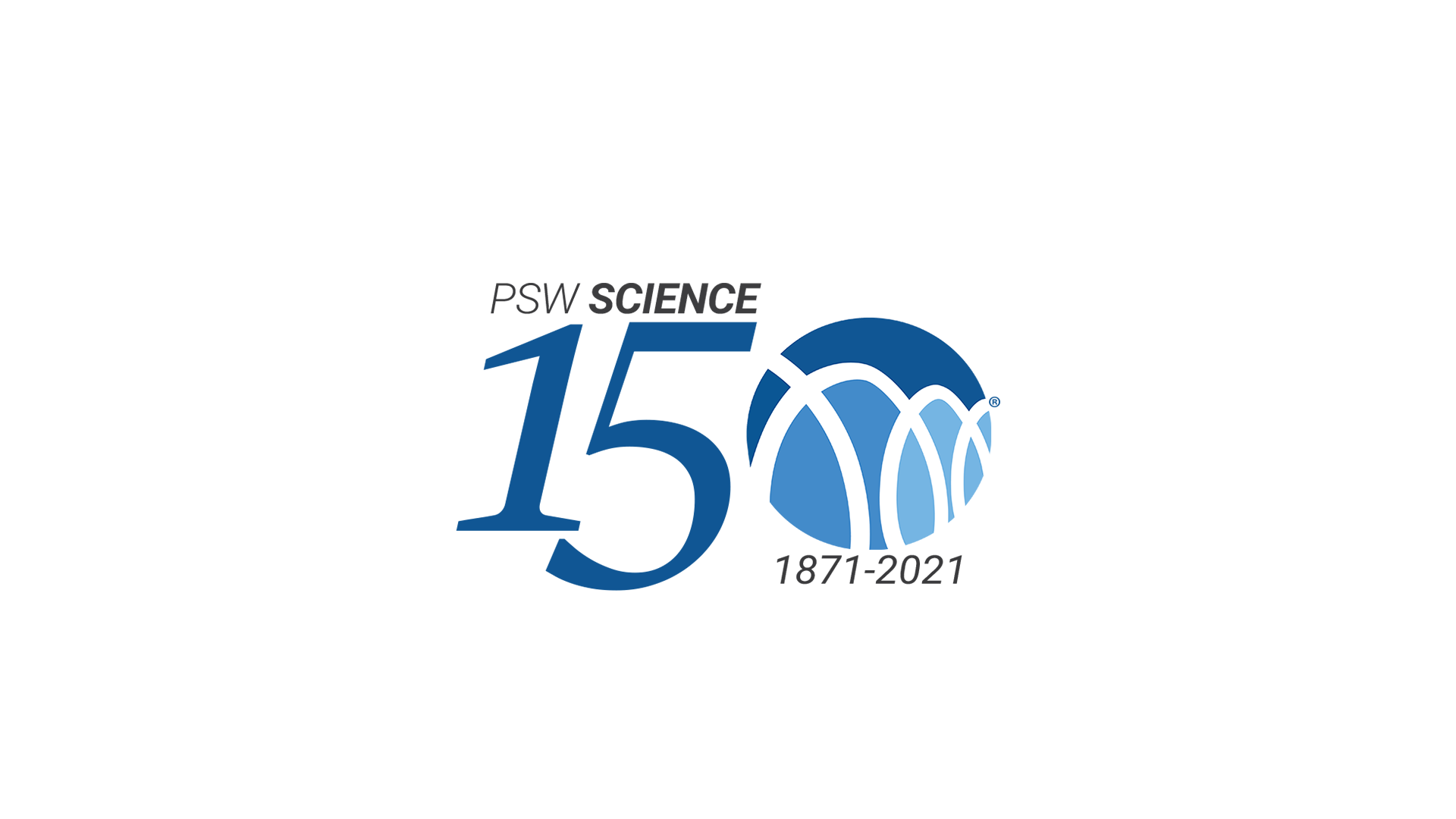
PSW Science was founded by scientists to be a forum for their work and the scientific work of others. In the spirit of this tradition, this special PSW Science meeting will feature three current members of PSW Science who will each briefly discuss their recent work.
Gene Editing Using the Body’s Own Editor: RNA Trans-Splicing for Therapy
Lloyd Mitchell
Chief Executive Officer, RetroTherapy
To make a protein, a cell must first make an exact RNA copy of the corresponding DNA (gene). In bacteria and other cells without a nucleus, this copy is called messenger RNA (mRNA), which can immediately be translated to produce a protein. In humans and other eukaryotes whose cells have nuclei, this copy is called pre-messenger RNA (pre-mRNA). About 95 percent of our protein coding genes and their corresponding pre-mRNAs have multiple regions that do not contain instructions for making proteins. These non-coding regions (called introns) interrupt the protein coding segments (called exons) and are removed from the pre-mRNA by a process called RNA splicing, where the introns are cut out and the remaining exons are “spliced” back together to create an mRNA. In this lecture, Lloyd will discuss his invention (RNA trans-splicing), which may be useful in imaging and/or killing cancer or viral infected cells.
Thorium Molten Salt Reactors for Net-Zero and Clean Energy
Ajay Kothari
President, Astrox Corporation
Thorium fueled Molten Salt Reactors offer an amazing solution. They do not need the 2-300 atmosphere pressure containment vessels required by the prevalent Light (or Heavy) Water Reactors (the so-called PWRs, Pressurized Water Reactors) that have resulted in explosions such as TMI, Chernobyl and Fukushima, thus as a result being inherently safe. They work at 700-1200 C temperatures, making them more efficient for conversion to electricity. They leave only 1-5% waste products as opposed to about 95% for PWRs. No pollution and no CO2 during operation, the smallest footprint, and may offer the cheapest LCOE. Aren’t they then our ideal climate change solution? There is enough Thorium in the U.S. to provide us electricity for 600 years, and enough in the world to provide electricity for many thousands of years.
Magnetic Mistakes and Their Correction
Scott Mathews
Materials Science and Technology Division, Naval Research Laboratory
For more than 80 years, it has been widely assumed that the ascending branch of a magnetic hysteresis loop could not cross over the descending branch (and similarly, the descending branch could not cross over the ascending branch). This magnetic phenomenon, known as a hysteresis branch crossing, was deemed impossible based on the erroneous assumption that it violated the Laws of Thermodynamics. He and colleagues published the first paper correctly identifying and explaining the hysteresis branch crossing. They showed that the hysteresis branch crossing is a robust and reproducible phenomenon which violates no fundamental law. This lecture will discuss this work.
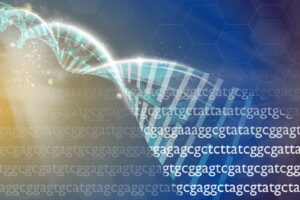
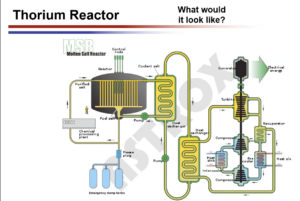
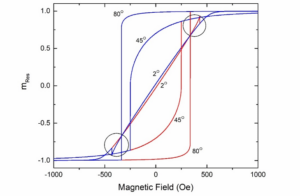
About the Speaker
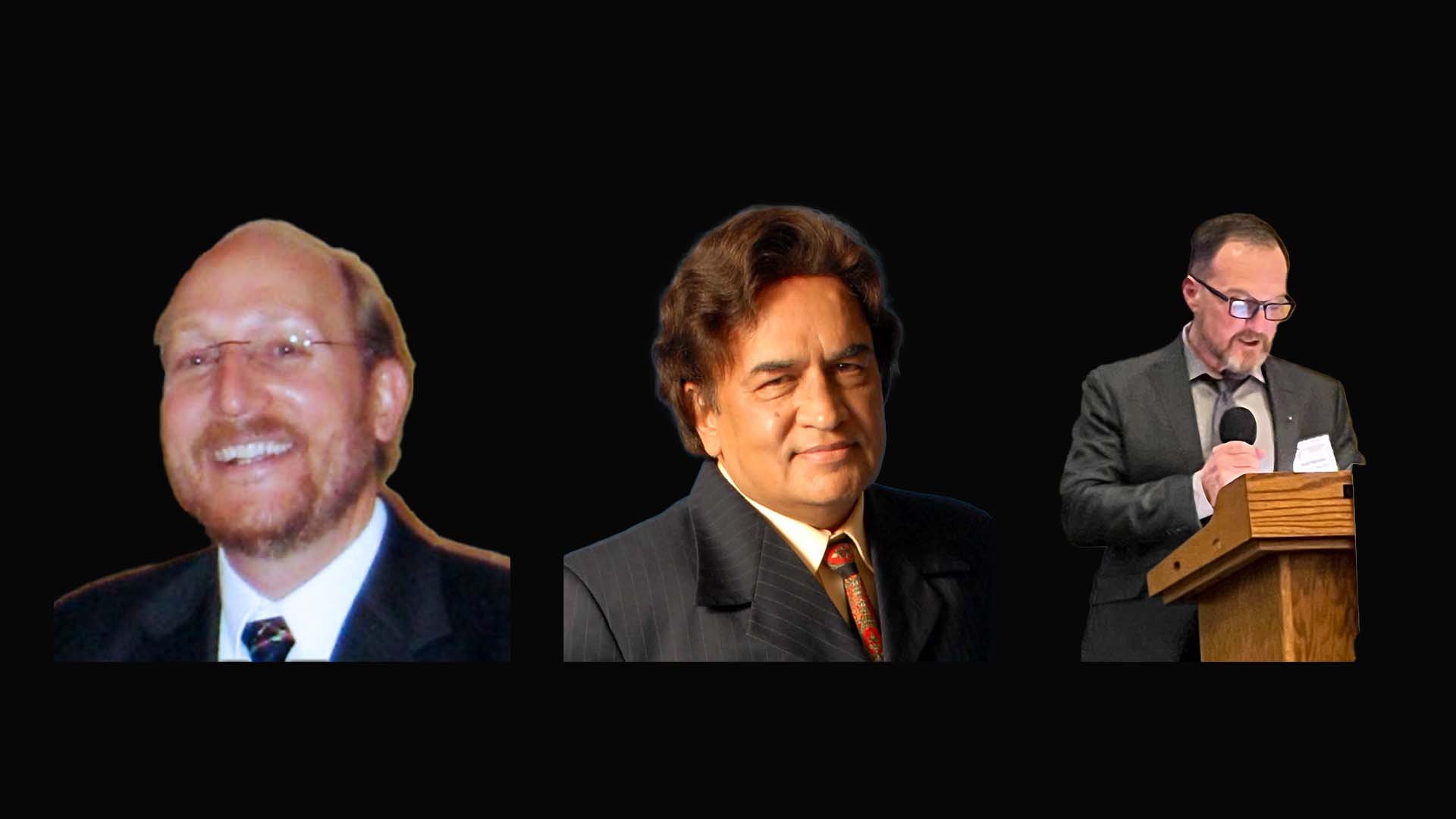
Lloyd Mitchell is a molecular biologist specializing in the area of gene therapy. He is currently Chief Executive Officer of RetroTherapy, which develops therapeutics for the treatment of genetic diseases based on RNA-splicing. He earned a B.S. in Biochemistry from the University of Maryland, M.S. in Physiology from Georgetown University, and M.D. from the University of Maryland. He was a researcher in the Laboratory of Biochemical Genetics for 7 years at NIH where he invented the first affinity-based method for sequencing DNA, which he used to make the first DNA sequence-based identification of an MIA for the US military. Mitchell founded Splice Therapeutics to develop the therapeutic potential of RNA trans-splicing. He is currently also an adjunct Associate Professor at the Howard University College of Medicine.
Ajay Kothari is president and founder of Astrox Corporation, an aerospace R&D company located in suburban Washington, DC. His PhD and MS in Aerospace Engineering are from the University of Maryland and his BSc and Junior MSc are in Physics from Bombay University. He has over 45 professional publications and was awarded a National Merit Scholarship. He has been Principal Investigator on more than 30 Air Force, DARPA and NASA contracts, including for hypersonic scramjet vehicles and reusable rockets. He has been invited to speak on aerospace subjects by many entities and interviewed on television shows. His 40+ articles on space-related topics have been published by various news outlets. He is a member of the Screen Actors’ Guild having acted in Law & Order, Unsolved Mysteries, The Wire and more. He is also an artist having exhibited at New York Art Expo and various galleries and is currently showing at the Watergate Gallery.
Scott Mathews is a native Washingtonian, born and raised in the DC area. He holds a BS in physics, and an MS & PhD in Materials Engineering from the University of Maryland at College Park. He has more than 40 years of R&D experience, working in private industry, academia, and government labs. He currently works for the US Naval Research Laboratory in Washington DC as a research physicist. His past work has concentrated on laser micro-fabrication, laser materials processing, and laser direct-write techniques. His current research projects include magnetic materials and low energy nuclear reactions. He has co-authored more than 80 scientific papers, with more than 2800 citations.
Minutes
On January 26th, 2024, in the Powell Auditorium of the Cosmos Club in Washington, D.C., President Larry Millstein called the 2,489th meeting of the Society to order at 8:03 p.m. ET. He began by welcoming attendees, thanking sponsors for their support and announcing new members. Scott Mathews then read the minutes of the previous meeting including the lecture by Michael Neufeld entitled “Back to the Moon to Stay?”. The minutes were approved as read.
President Millstein then announced that the format for the evenings lecture would include three short presentations, by three PSW members: Lloyd Mitchell, Scott Mathews, and Ajay Kothari.
The first speaker was Lloyd Mitchell of RetroTherapy, and his lecture was titled “Gene Editing Using the Body’s Own Editor: RNA Trans-Splicing for Therapy”. Mitchell began by introducing the central dogma of molecular biology. He described how a region of DNA is transcribed by an RNA polymerase, to form a pre-messenger RNA, and how the used and unused regions, called exons and introns, are separated during RNA splicing, to form the mRNA that leaves the nucleus. This mRNA is read by ribosomes to create proteins. He indicated that the splicing can occur in many different ways, so that approximately 20,000 genes can code for more than 100,000 proteins. He discussed traditional gene therapy, where both the complete gene and the gene regulation mechanism must be included in the delivery vector. He then presented the idea of gene editing, where only the portion of the gene that needs to be rewritten is delivered, and its expression remains under endogenous control. As a result, gene editing works with a much smaller payload and a smaller regulatory switch. Mitchell discussed the advantages of gene editing, as compared to CRISPR-CAS-9. He then discussed RNA Trans Splicing, a technique which he invented, which allows genes to be altered at the RNA level where splicing is happening. Mitchell explained that a trans spliced gene can be delivered in such a way that it is permanent (usually using a virus), or temporary (usually using a plasmid). He then discussed recent laboratory results where the gene editing technique was shown to be effective in treating hemophilia, Huntington’s disease, and cancers caused by the papilloma virus.
The second speaker was Scott Mathews of the US Naval Research Laboratory, and his lecture was titled “Magnetic Mistakes and Their Correction”. Mathews began by introducing the Hysteresis Branch Crossing, a little-known magnetic phenomenon, predicted on the basis of theory in 1935. He stated that by 1948, the magnetic research community had concluded that this phenomenon was impossible, due to the erroneous assumption that it violated the Laws of Thermodynamics. Mathews said the observation of the hysteresis branch crossing was not reported in the literature until his group published a paper in 2020, showing that it was a robust and reproducible phenomenon which violated no fundamental law. He then presented a brief lesson in magnetic materials, with the goal of introducing three concepts in magnetism: magnetization, hysteresis, and anisotropy. If the audience could understand these three concepts, he said, he believed they could understand the nature of the hysteresis branch crossing and why people jumped to the conclusion that it was impossible. After discussing these three concepts, he showed experimental data demonstrating the crossing and showing that it was in excellent agreement with a mathematical model called a “distributed, temperature dependent Stoner-Wohlfarth” model. Mathews stated that both the experimental observations and the presented theory clearly showed that the prohibition of the hysteresis branch crossing was a mistake, and that the mistake had now been corrected.
The third speaker was Ajay Kothari of Astrox Corporation, and was titled “Thorium Reactors”. Kothari began by stating that “nuke” is not a four-letter word, and that with the coming climate catastrophe, the modern world will need nuclear energy, and that he believes that thorium molten salt reactors constitute the best possible solution. He then compared nuclear power to fossil fuel technologies in terms of: total greenhouse gas emissions, total land usage, and total number of deaths attributed to each technology. He compared thorium reactors to the pressurized water reactors (or PWR’s) used for electric power generation, indicating that several of the hazards associated with PWR’s are not present in thorium reactors. These advantages included low pressure in the reactor vessel, less high-level radioactive waste, and less risk of nuclear proliferation. Kothari then listed some of the details of thorium molten salt reactors: the thorium oxide fuel is dissolved into a fluoride-based salt, the salt contains lithium or beryllium, the salt is heated to about 450-650 degrees centigrade, and the molten salt can act as the primary reactor coolant. He stated that the US has 600,000 tons of thorium, and that one ton of thorium can produce as much energy as 5 million barrels of oil. He described the thorium fuel cycle in which thorium 232 absorbs a neutron to become thorium 233, which subsequently beta decays into protactinium 233, which again beta decays into uranium 233, a fissile isotope. Kothari indicated that thorium is three to four times more abundant than uranium. He ended his talk by mentioning that China is currently planning to build the world’s largest container ship, powered by a thorium reactor.
The lecture was followed by a Question and Answer session.
One member stated that “RNA splicing seems too good to be true”, and asked “what’s the catch?”. Mitchell responded that pre-mRNA is not linear, as depicted in his diagrams, but actually folds onto itself. As a result, it is difficult to figure out which parts of the pre-mRNA are accessible for base pairing, and that this requires both bioinformatics and high throughput screening.
A member asked about Areva, the French multinational group specializing in nuclear power, and their plans to implement thorium-based reactors. Kothari responded that he was not aware of any plans for thorium reactors associated with Areva or the French national electric utility. He indicated that he was aware of thorium reactor plans only in Denmark and the Netherlands.
Lloyd Mitchell, a member, asked Ajay Kothari about the Chinese Cargo ship, and when it would be functional. Kothari responded that the current schedule would have it operational in about six years.
A question from the web asked Mitchell if CRISPR could be used to target an addiction gene. Mitchell responded “Undoubtedly…but CRISPR requires the CAS molecule, which is quite large, and so delivering that to enough neurons in the brain might be quite difficult.”
A guest asked Mathews if he had a hypothesis as to why some materials exhibit the hysteresis branch crossing and others do not. Mathews responded that a well-defined magnetic anisotropy was required in order to experimentally observe the phenomenon. He stated that the anisotropy must have both a narrow magnitude distribution, and a very narrow spatial distribution.
After the question and answer period, President Millstein thanked the speakers and presented them with PSW rosettes, signed copies of the announcement of their talks, and signed copies of Volume 1 of the PSW Bulletin. He then announced speakers of up-coming lectures, made a number of housekeeping announcements, and invited guests to join the Society. He adjourned the 2489th meeting of the society at 10:01 pm ET.
Temperature in Washington, DC: 16.1° Celsius
Weather: Partly cloudy
Audience in the Powell auditorium: 48
Viewers on live stream: 37 …for a total of 85 live viewers
Views of the video in the first two weeks: 369
Respectfully submitted, Scott Mathews: Recording Secretary